
© Twitter
The California state Assembly passed a $3-billion subsidy program for electric vehicles, dwarfing the existing program. The bill is now in the state Senate. If passed, it will head to Governor Jerry Brown, who has not yet indicated if he'd sign what is ostensibly an effort to put EV sales into high gear,
but below the surface appears to be a Tesla bailout.Tesla will soon hit the limit of the federal tax rebates, which are good for the first 200,000 EVs sold in the US per manufacturer beginning in December 2009 (
IRS explanation). In the second quarter after the manufacturer hits the limit, the subsidy gets cut in half, from $7,500 to $3,750; two quarters later, it gets cut to $1,875. Two quarters later, it goes to zero.
Given Tesla's ambitious US sales forecast for its Model 3, it will hit the 200,000 vehicle limit in 2018, after which the phase-out begins. A year later, the subsidies are gone. Losing a $7,500 subsidy on a $35,000 car is a huge deal. No other EV manufacturer is anywhere near their 200,000 limit.
Their customers are going to benefit from the subsidy; Tesla buyers won't.This could crush Tesla sales. Many car buyers are sensitive to these subsidies. For example, after Hong Kong rescinded a tax break for EVs effective in April, Tesla sales in April
dropped to zero. The good people of Hong Kong will likely start buying Teslas again, but it shows that subsidies have a devastating impact when they're pulled.
That's what Tesla is facing next year in the US.
In California, the largest EV market in the US, 2.7% of new vehicles sold in the first quarter were EVs, up from 0.4% in 2012, according to the
California New Dealers Association. California is Tesla's largest market. Something big needs to be done to help the Bay Area company, which has lost money every single year of its ten years of existence. And taxpayers are going to be shanghaied into doing it.
To make this more palatable, you have to dress this up as something where others benefit too, though the biggest beneficiary would be Tesla because these California subsidies would replace the federal subsidies when they're phased out.
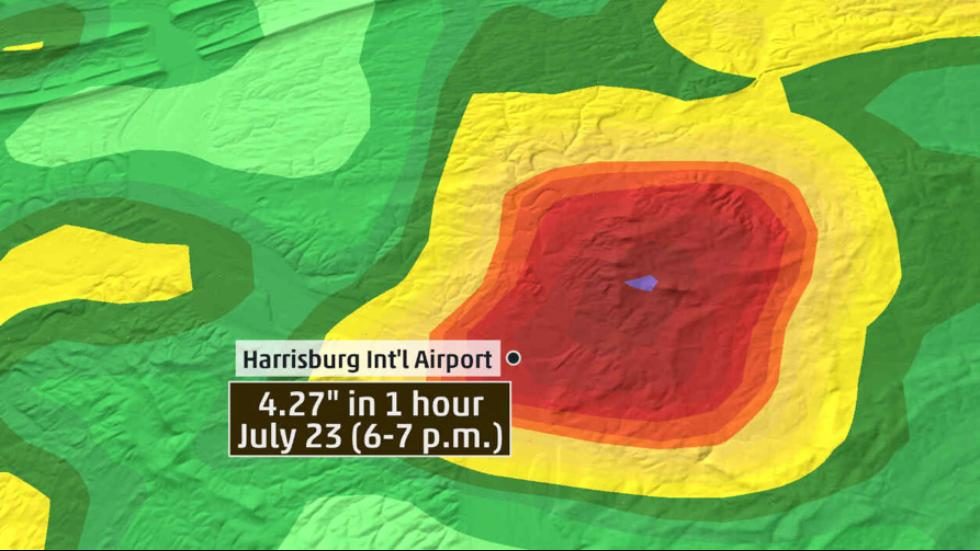

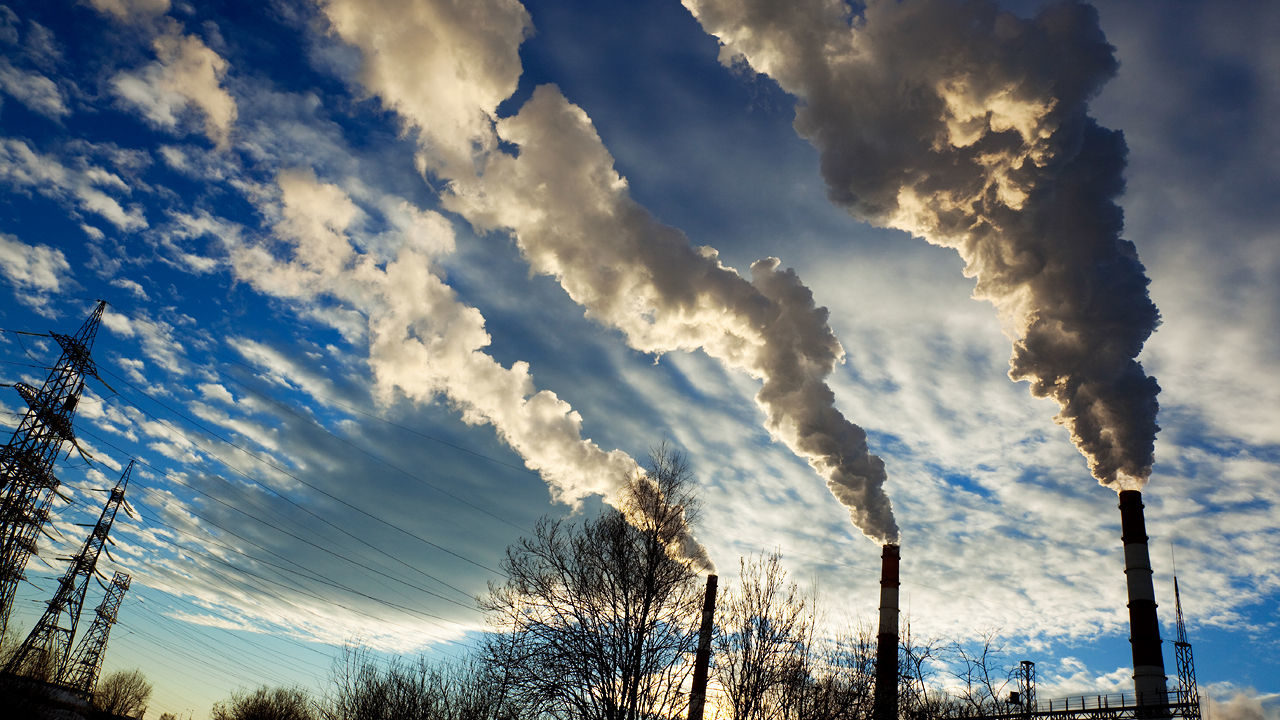
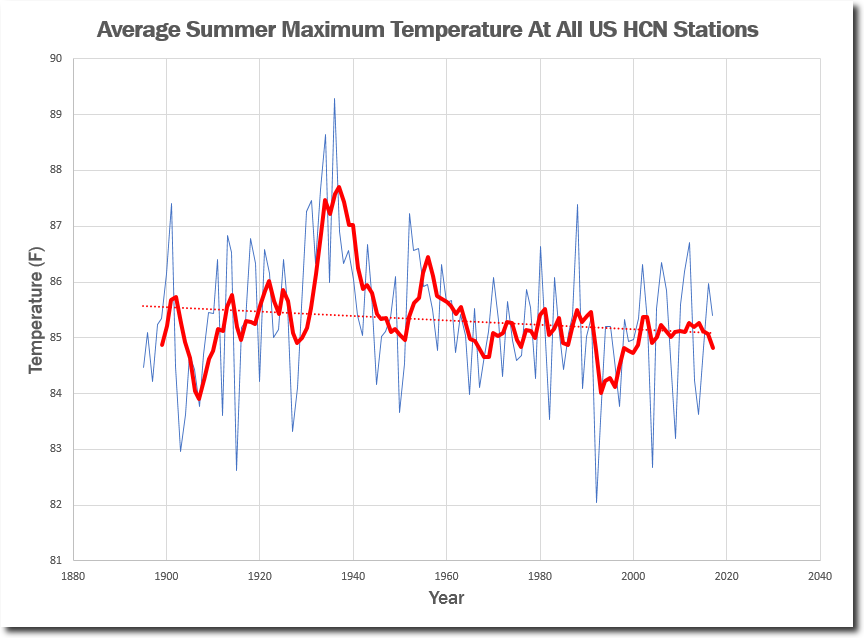
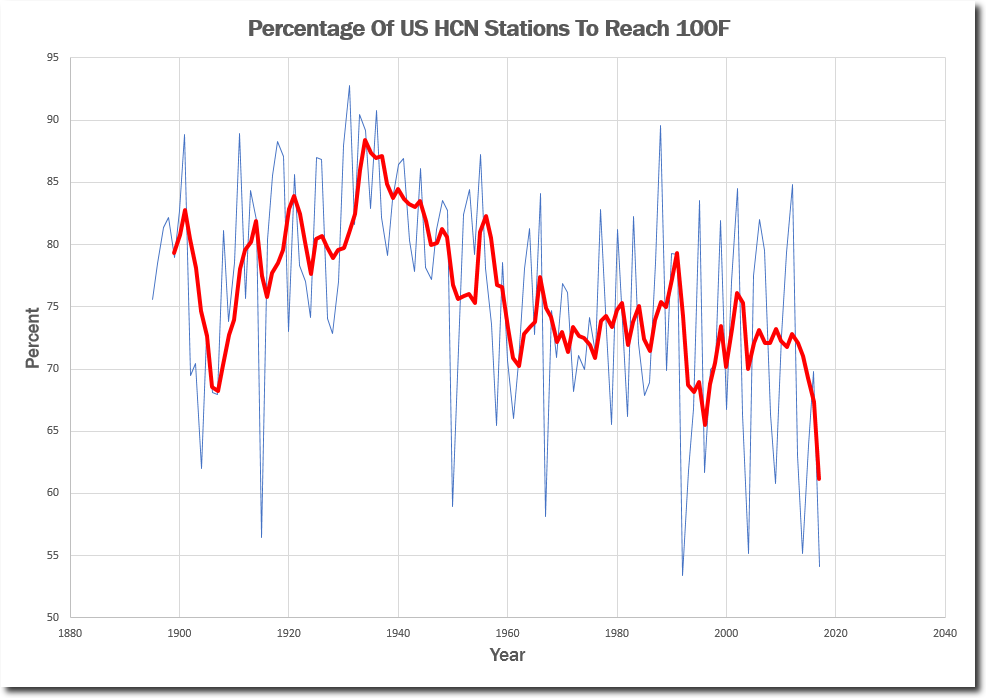
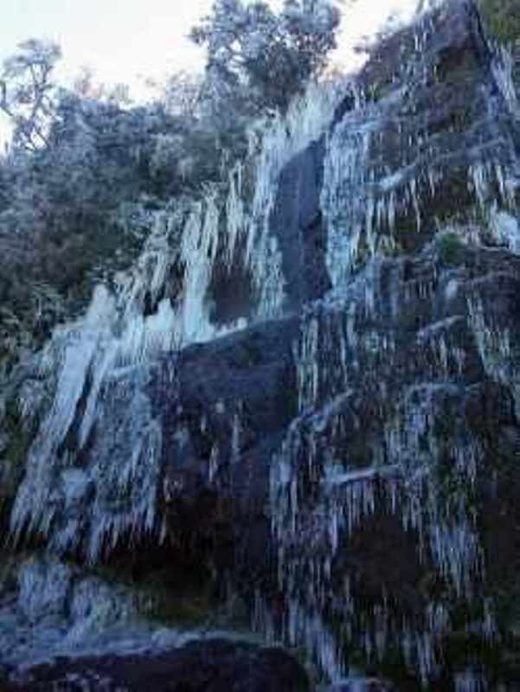
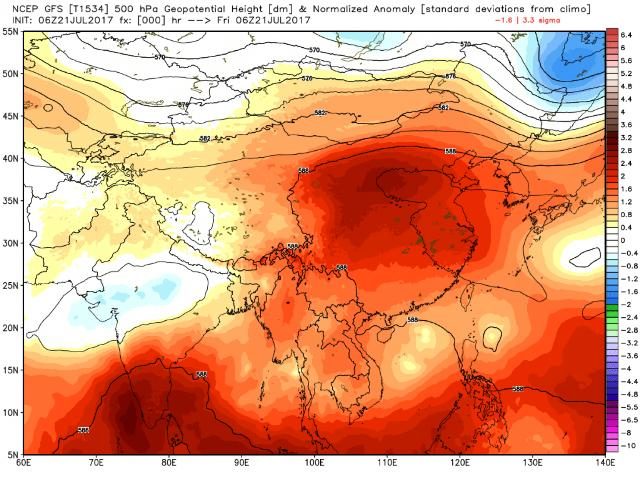

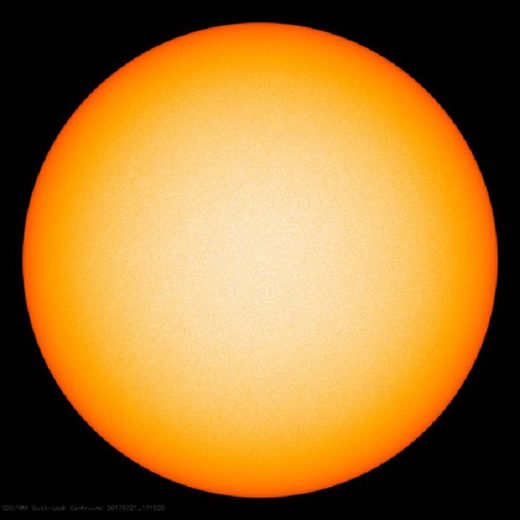
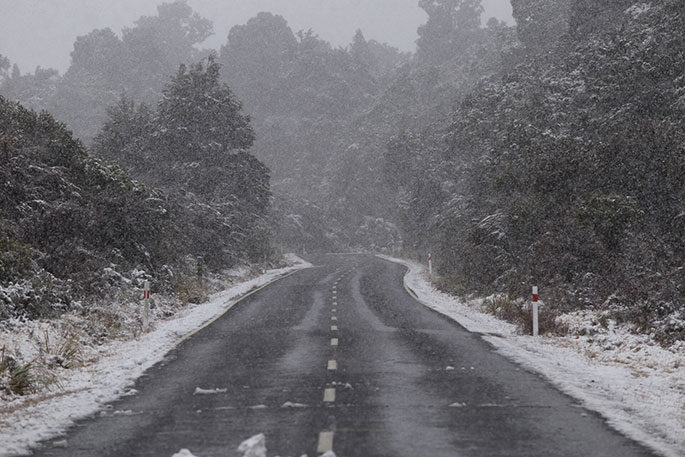




Comment: For more coverage on the extreme weather affecting the entire planet, check out our monthly SOTT Earth Changes Summaries. Last month:
SOTT Earth Changes Summary - June 2017: Extreme Weather, Planetary Upheaval, Meteor Fireballs